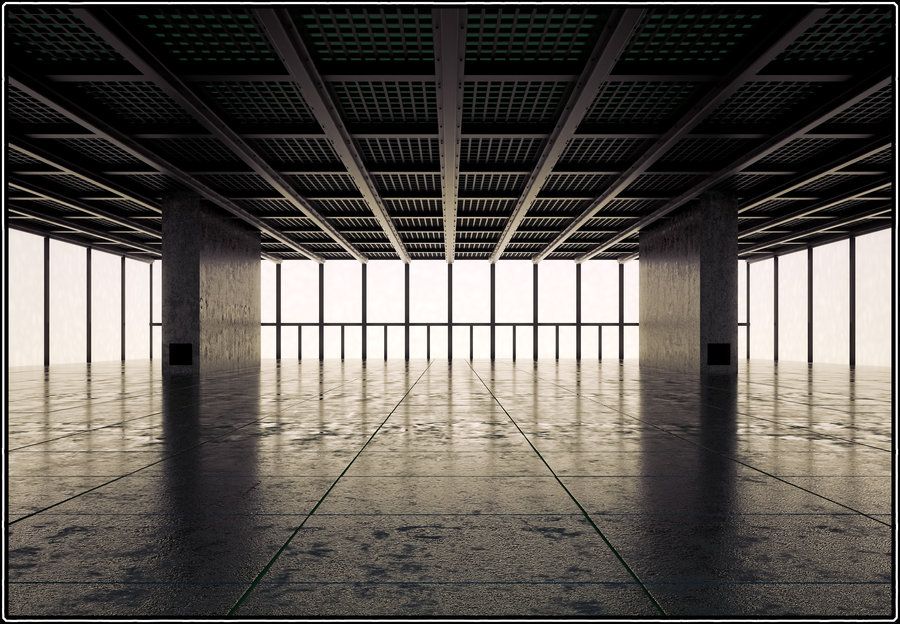What is Space?
Space in music can mean many things, from the very delicate, such as intricately placed elements – to larger importances such as letting your song breathe more by restricting certain elements. Space is vital, not just from a technical standpoint; but also from a musical standpoint.
Space is often confused with atmosphere, and although the two terms are often used in parallel, they aren’t the same.
You could think of space in regards to stereo placement, panning, and EQ, whereas atmosphere could entail reverbs, delays, and background atmospherics. This doesn’t mean reverb can’t be used to create space, I’d be contradicting my first tip otherwise.
1. Reverb: Large and Small
A typical use of reverb is its ability to push things further back in the mix. Don’t believe me? Try it yourself! Take a single element and apply some wet reverb to it, turn the level down a bit, and place it in mono. It’ll almost sound like it’s ‘behind’ the mix.
Using Long/Large Reverbs
I've found that longer reverbs seem to work better on shorter elements, and vice versa.
Say for example I have a short impact hit that I want placed in the background of my track. It sounds weird completely dry, and using a short reverb makes it sound worse. Applying a longer reverb allows the sound to trail off more, sustaining the atmosphere and helping keep space consistent and flowing.
Using Short/Small Reverbs
I find smaller reverbs tend to work well on longer sounds that already have a bit of tail. Using long reverbs on these sounds generally leads to muddiness (unless sidechained) due to the fact that the reverb starts overlapping with the sound itself.
Small reverbs can add a nice touch to vocals, lead synths, and especially those percussion sounds that you want back a little further in the mix.
2. Stereo Width – The Upside Down Cone
There’s an argument against stereo width that goes back for at least two decades now – you shouldn’t worry about stereo width because most club systems are in mono. The fact is, more and more people are listening to EDM via headphones, which are in stereo. In addition to this, many club systems are converting to stereo.
I like to look at stereo width as an upside down triangle or cone. I’ve written about this before on the blog but I think it’s a good way to look at things.
3. Pick Good Sounds From the Beginning
One of my philosophies on production is that you shouldn’t waste your time trying to fix a bad sound, rather, you should aim to use great sounding material in the beginning, even if it takes a little longer than usual.
This same type of thinking applies to space as well, you’re a lot better off taking the time to find or design a sound that fits well into the space provided rather than battle with a sound that was found or made quickly to try and make it fit.
In short, don’t neglect the time it takes to pick and choose samples, or design sounds. Be restrictive and be picky! The best way to create space is to not overcrowd your mix, so ask yourself, do you really need that extra percussion sample?
4. EQing
The most important tip of them all. EQing is paramount when it comes to creating space in your song.
Overcrowded mix = no space.
It’s important that each sound has a well defined section in the frequency range. Your bass sounds should be low, your synths taking up the mids, hi-hats in the high-end, and so forth. This doesn’t mean sounds can’t overlap, it just means you should be aware of where each sound lies.
This article explains it well.
5. Element Restriction
Sometimes as EDM producers we feel we have to have a lot going on at once, but having a lack of elements or even soloed elements can be a great way to add space in music.
A low-passed synth by itself can have a huge impact on the space of a song. We pay a lot more attention to the sound because it’s the only thing there, there’s no high-end content to focus on, nothing.
Element restriction doesn’t have to mean soloing instruments though, it could be something as simple as removing the percussion section from 8 bars of a track in order to introduce some tension and dynamics.
Conclusion
We first looked at what space was and why it’s important, then we ventured into reverb and how it can move elements back in the mix. Stereo width was mentioned along with a simple diagram illustrating the ‘upside-down cone’ method of using stereo width across the spectrum. After that, element selection was discussed, followed by the importance of EQ and element restriction.
Space is a hard thing to ‘get’, one might say, but regardless, it’s a very important element of production and I recommend spending some time listening out for it in different kinds of music (non-EDM too!).
Source :::::::::: EDM Prod


No comments:
Post a Comment